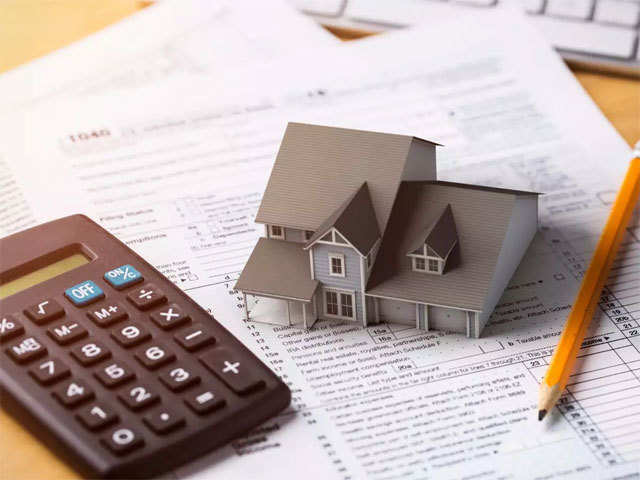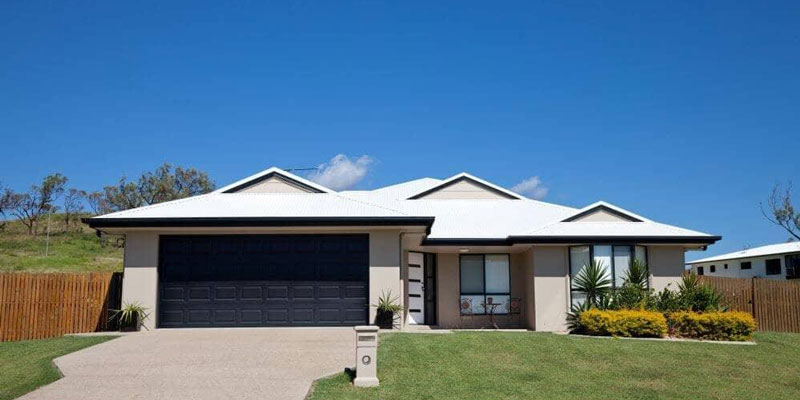Self-funded retirees make the majority part of their earnings from investment rental property, rentals, or retirement savings; lenders usually decide on monthly income with one of two methods:
- Asset depletion
The lender uses this method to take any deposit from the worth of financial assets. The lender then takes 70 percent of that rest and divides it by 360 months.
- Drawdown of assets
This method takes every month's retirement account withdrawals as income rather than the total assets. The lender adds pension, annuity, and part-time income from employment.
Be aware that loans can be secured or unsecure. Secured loans require the borrower to provide collateral, like the property of a house, investment vehicles, vehicles, or another property, to secure the loan. If the borrower cannot make payments, the lender may take the collateral. Unsecured loans, which do not require collateral, are more difficult to get and come with a higher interest rate than secured loans.
Mortgage Loan
The most well-known kind of secured loan is a mortgage that relies on the property you purchase as collateral. The main issue with getting a mortgage loan for retirees is the income, particularly if it is from savings or investments.
Home Equity Loans and HELOCs
HELOCs comprises two forms of secured loans built around taking out loans against the home's equity. To be eligible for them, the borrower must have 15 to 20 percent equity in their home--a loan-to-value proportion of between 80 percent to 85%, and generally, a credit score of 620, although some lenders set that number at 700 to qualify for a HELOC.
They are both secured with the home of the homeowner. Home equity loans offer the borrower a lump sum which is then due over a predetermined time period with a fixed rate of interest and the amount of repayment. HELOCs, on the other hand, is a type of HELOC; however, in contrast, they could be described as a credit line that may be utilized in the event of need. HELOCs typically come with variable interest rates, and payments are generally not fixed. In addition that the Tax Cuts and Jobs Act has ended interest deductions on these two loans unless the funds are used to pay for home improvements.

Cash-Out Refinance Loan
The other option to get an equity home loan is refinancing a home that is more than what the borrower owes but not more than the house's value, and the additional amount is an unsecured cash advance. If refinancing is not for a shorter time period, say 15 years or less--the borrower has to prolong the time needed to repay the mortgage. If you are deciding between a cash-out refinance and a home equity loan, consider the interest rates for both the original and the current loan, as in closing fees.
Reverse Mortgage Loan
Reverse mortgage loans often referred to as a mortgage for home equity, provide an income stream or lump sum based on the home's value. Contrary to the home equity loan or refinancing option, the loan will not be repaid until the homeowner passes away or moves out of the house.
USDA Housing Repair Loan
If you are on the low-income threshold and are planning to use the loan to make home repairs, you could be eligible for the Section 504 loan from the U.S. Department of Agriculture. There is a rate of interest of just one percent, and the loan repayment time can be up to 20 years. The maximum amount of loan is $40,000 and an additional grant of $10,000 for elderly or extremely low-income homeowners when it's used to eliminate the risk to health and safety from the house.

To be eligible for USDA Housing Repair Loan, the borrower must be a homeowner of the property, reside there in a position where they cannot secure an affordable loan elsewhere, and possess a household income of less than 50 percent of the region's median income. To be eligible to receive a loan, one must also be 62 years old or older and unable to pay back the loan for repairs.
Debt Consolidation Loan
The debt consolidation loans are intended to help you consolidate the debt. This kind of loan that is unsecured will refinance your current debt. This could mean you'll have to pay off the debt for longer, particularly when your monthly payments are less. Additionally, the interest rate could be higher than the interest rate on the current credit card.



